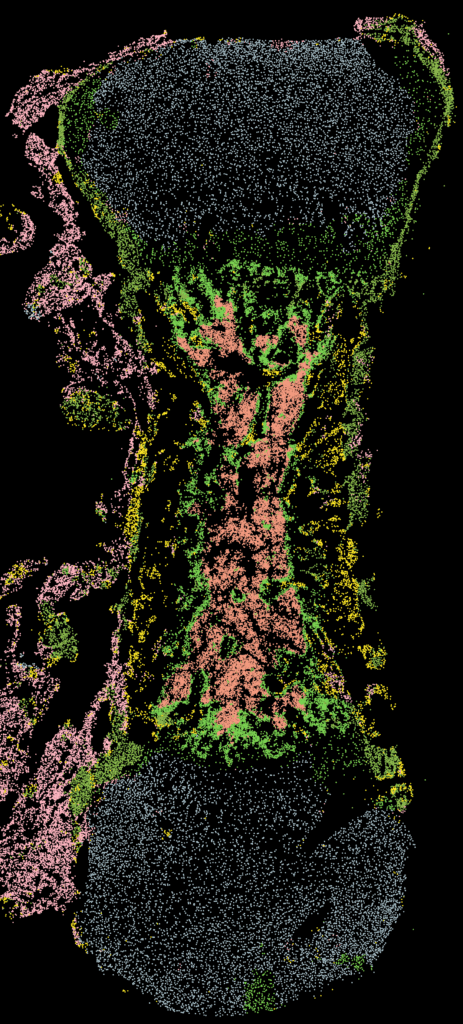A 7-year study on nutrition education and bone stress injuries in female runners
Collaborators

As many as 20% of collegiate endurance runners suffer from bone stress injuries (BSIs) each year. To potentially reduce this figure, Dr. Michael Fredericson, a Wu Tsai Human Performance Alliance at Stanford faculty affiliate, and colleagues examined the effectiveness of a nutrition education intervention in preventing bone stress injuries (BSI) among female endurance runners in the National Collegiate Athletics Association Division I.
The education intervention consisted of two key components: educating athletes about the importance of adequate energy intake and bone-building nutrients, and implementing a Triad risk-stratification system to identify higher-risk individuals for further follow-up. In females, Triad refers to a syndrome of three components: low energy availability, absence of menstrual periods, and osteoporosis.

This is a stock image
The team’s primary hypothesis was that the BSI rate would be lower during the intervention phase compared to the rates during a 3-year-period pre-intervention (the historical phase). The study, published in BMJ Open Sport and Exercise Medicine, focused on female middle-distance and long-distance runners from two institutions, specifically those competing in track events of 800 meters or more and cross country.
Overall, no significant difference in BSI rates was observed between the historical and intervention phases. However, post-hoc stratified analyses revealed a significant reduction in trabecular BSI rates from the historical phase (0.18 events per person-year) to the intervention phase (0.10 events per person-year). Trabecular bone is porous, sponge-like bone often found in vertebrae and at the ends of long bones like the femur.
Moreover, a significant interaction between the institution and phase was identified. Institution 1 experienced a substantial decrease in overall BSI rates from 0.63 to 0.27 events per person-year, whereas Institution 2 showed no decline. These findings highlight the complexity of managing BSIs in endurance running, with varying outcomes among different institutions.
“At the outset of the study, we didn’t anticipate how much team culture surrounding fueling, health, and performance would impact study success and athlete buy-in,” said Dr. Megan Roche, Female Athlete Science and Translational Research (FASTR) lead researcher.
Future research, they say, is needed to delve deeper into alternative methods of mitigating Triad risk and BSI within this population, including exploring the impact of starting this type of education younger.
“We recognized that we needed to go beyond knowledge—that in order to impact team culture and shift perception on fueling, it might be helpful to include stories from role models who have experienced the Triad,” said Dr. Roche.
“One of the big messages of the 7-year study, which we really worked to emphasize, was the importance of adequate fueling for not only long-term health, but also for best long-term performance,” added Dr. Roche. “That an athlete’s strongest self is their healthiest and often fastest self.”
This work is part of the Female Athlete Science and Translational Research (FASTR) Program at Stanford to address the gender gap in sports science research. FASTR is part of the Alliance’s Female Athlete Program. Co-authors include Megan Roche, Michelle T. Barrack, Adam Tenforde, Kristin Sainani, Emily Kraus, Andrea Kussman, Emily Miller Olson, Brian Young Kim, Katherine Fahy, Emily Miller, Ellie Diamond, Sonya Meraz, Sonal Singh, and Aurelia Nattiv.
Image credit: dusanpetkovic1/Adobe Free Images
Media Coverage: Scope | Stanford Medicine’s Blog, Tech Explorist
Latest News

May 29, 2025
Is exercise before sleep linked with poorer sleep?

May 23, 2025
Skeletal stem cells key to stronger bones, better healing

March 13, 2025
Wu Tsai Human Performance Alliance Research Round-Up – March 2025
Get Engaged
Join our mailing list to receive the latest information and updates on the Wu Tsai Human Performance Alliance.
